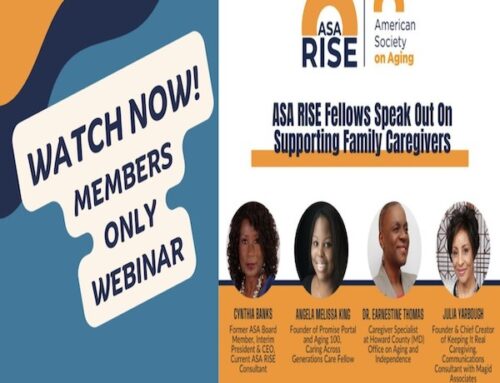Here’s a question for you. What might be scarier than Halloween Fright Night?
One answer might be, enrolling in Medicare!
The season of fright is upon us! Halloween is just around the corner, which for many means jack-o-lanterns, spooky decorations and planning for what creative costume to wear for Halloween gatherings.

Open Enrollment Period for Medicare (OEP)
This season is also the Open Enrollment Period for Medicare (OEP). I spent part of early Saturday morning, joining a webinar hosted by the Georgia State State Health Insurance Program (SHIP) to help folks navigate Medicare.

As you know, I am based in California, but I have relatives in Georgia who are age eligible for Medicare, so I wanted to educate myself so I could assist them.
I would encourage all of you to help an older relative who is eligible for Medicare and figuring it all out. The guidelines can be confusing and sometimes overwhelming.
Medicare is a federal program, so while each state may have unique offerings for additional services, Medicare itself applies to everyone.
5 takeaways to consider
1. Medicare Open Enrollment period is NOW!
Open enrollment runs from October 15 – December 7.

For those who are already enrolled, this is your time window to review your current coverage options. If you need or wish to make changes, now is the time. If you do decide to change plans, be sure to research if your doctor(s), medications, specialty services, etc. are covered under a different plan and the costs. You can visit MEDICARE.GOV to find a plan comparison tool.
2. Part A & B: What you need to know
Only you and your family know your individual health needs and your financial resources. So it is crucial you sign up for Medicare when you are eligible, at age 65. (Starting three months before your birthday for a seven month window). Once you become eligible you must enroll in Part A and Part B.


This is where it gets complicated.
If you fail to enroll in Part B coverage during your initial eligibility, you could face penalties later for NOT enrolling.
So if your finances dictate you simply cannot afford the monthly premium which will now be $164.90/month for Part B, you will then have to PAY a penalty for not having it!
You have the option to appeal, but if your appeal is denied, you could end up paying a penalty for the rest of the your life to cover each month you did NOT have Part B coverage.
There is also additional financial assistance to pay for Part B coverage for those who qualify.
3. Review the Medicare and You Handbook for 2023

There are changes to Medicare, as a result of the Inflation Reduction Act, which impacts drug coverage costs. If you have not yet done so, make sure you have the latest copy of the Medicare and You Handbook. If you didn’t already receive one in the mail, again, visit medicare.gov to request a handbook. You can also download a digital version online.
There are changes to prescription drug costs, most notably individuals who take insulin will now pay no more than $35 a month for a one-month supply.
There are also some additional services now covered, such as cognitive assessment and care plan services. Considering the number of individuals and families impacted by Alzheimer’s and other forms of dementia, this is a benefit you definitely want to take advantage of.
Key point to remember
Medicare does not pay for private in-home caregiving services. Much of the literature says home health care is covered. Do not get this confused with caregiving services. Home health care means skilled nursing services, such as rehabilitation, occupational therapy and physical therapy. It is not the day-to-day help many caregivers need with a loved one.
4. Review and Compare Medicare Advantage Plans

There are a host of options for having coverage through what are known as Medicare Advantage Plans, which offer Part A and Part B in a packaged set. Many offer a wide range of supplemental services and coverage. This is where you must review plans and determine what is the best fit for you and your family.
5. Part D = drug coverage
So you say you are now 65, eligible for Medicare but are fit and healthy? You don’t take any medication? That’s great!
But, I learned you must still show you have some kind of prescription drug coverage, whether through an employer, the V.A. or another insurance plan.
Why? Here comes the scary part. If you do not enroll for Part D drug coverage once you are eligible (age 65), and go beyond a 63-day calendar window, you will get a penalty!
Wow, this can be scary fright night stuff!
Understanding your options and choosing wisely can impact your health care for years to come.
None of this has to turn into a horror film. There are resources in every community to help walk us through what we need to know. Start early to educate yourselves, and tackle these items before you are in a situation that leaves you shaking in fear.
- Refer to your local Area Agency on Aging as a starting point.
- Visit medicare.gov to create an account, and access information, resources and counseling help.
- Visit SSA.GOV (Social Security Administration) to understand your income overview which impacts how much you pay for Part B Medicare.
- Review your medications, the physicians and services in your area and make sure you enroll before deadlines expire.
- Each state has a State Health Insurance Program. Locate yours for more specialized guidance. It is a free service, not affiliated with any specific company.
Until next time~
Julia







Like our content? We invite you to leave a comment and say hello!